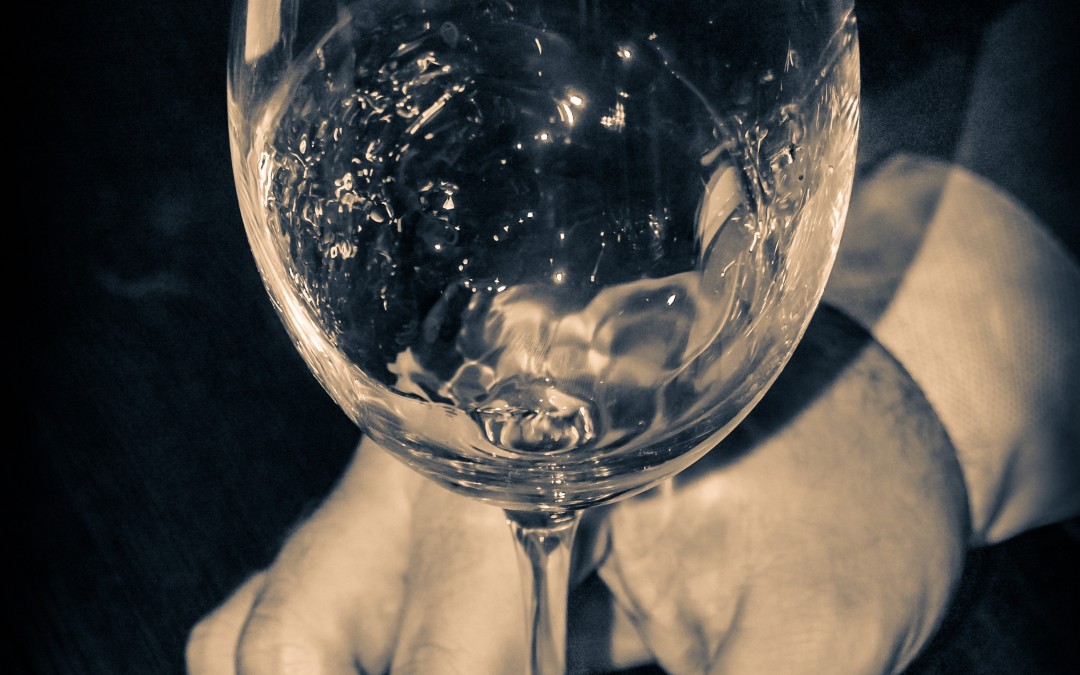Most of us think of pinot grigio as a happy-go-lucky, zippy refreshing wine style. But not all pinot grigio is the same. There are very noticeable differences. Some can be dry with a mineral taste while others are fruity and some are even sweet. My best advice in finding the style you’ll enjoy most is to know what to look for on the label for insight into the styles and why they are different.
Even though it can produce dry, fruity white wines, the grape is actually a mutation of the famed red grape pinot noir. The leaves and grape shape are almost identical to those of pinot noir, but the fruits vary in color from grayish-blue to brownish-pink. Historically, the variety was grown in the midst of pinot noir vines and harvested as a blending grape, adding a touch of softness and acidity to round out the tannins of the red pinot noir.
The initial cause of confusion may be with the name of the grape. Pinot gris and pinot grigio are often used interchangeably. And most of us don’t think of the two as a different styles. But they are.
The most familiar pinot grigio tends to be the famous Italian version with its dry, mineral style. Some describe it as “lacking of fruit” while many consider it a perfect food pairing wine. The simplicity of the flavors, strength in acidity and the “lacking of fruit” means it won’t compete with the flavors on the menu. These are wines for almost all cuisine, from Italian to Thai. Look for the words “Italian,” “stainless steel” and “no oak aging” on the label.
THE VALUE
- 2013 Candoni Pinot Grigio, Italy (about $12 retail)
THE SPLURGE
- 2013 Santa Margherita Pinot Grigio, Italy (about $32 retail)
Some producers choose to use pinot gris in describing a fruit-driven style. Many of these wines are from warmer climates with the taste of more fruit but less acidity. These are some of the most enjoyable styles and are considered to be the best wines for “everyday drinking” and entertaining.
Look for warm-climate growing regions, “malolactic fermentation” and New World wine regions such as Oregon, Washington and California on the label.
THE VALUE
- 2013 Acrobat Pinot Gris, Oregon (about $14 retail)
THE SPLURGE
- 2015 Raptor Ridge Pinot Gris, Oregon (about $22 retail)
